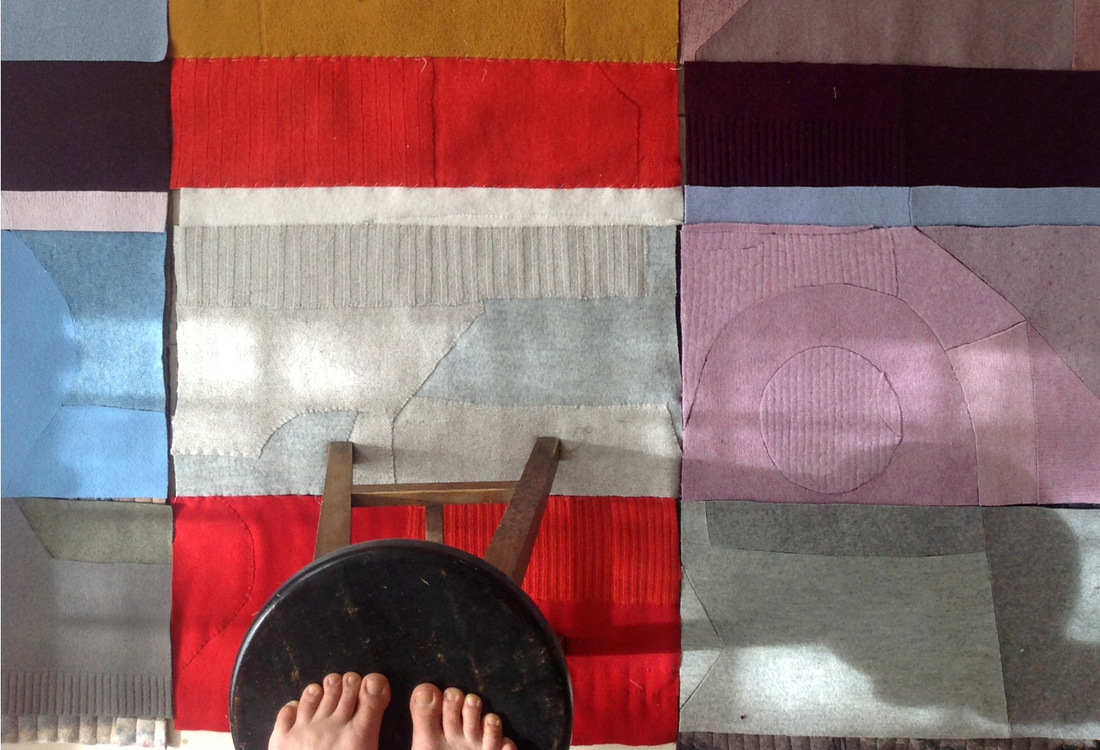
Re Rag Rug at The Rothko Museum
The Rothko Museum has just opened Re Rag Rug – an awareness-rising exhibition from an experimental textile project by the Swedish creative duo of Katarina Brieditis and Katarina Evans.
The Re Rag Rug exhibition is the tangible outcome of a one-year experimental design project by Studio Brieditis & Evans, a textile atelier run in Stockholm, Sweden, by Katarina Brieditis and Katarina Evans. During the project, the artists challenged themselves to create twelve unique rugs over twelve months in twelve different techniques without using a loom.

From different types of rags obtained from industrial waste and second-hand clothes stores, the artists created twelve new qualities and expressions of rugs with various sewing, plaiting, crocheting, knitting, macramé, rolling, cutting, appliqué, embroidery, structure- and relief effects, three-dimensionality, colour- and dyeing techniques.
Want to read more of this article?
We are proud to be a subscriber-funded publication with members in 185 countries. We know our readership is passionate about textiles, so we invite you to help us preserve and promote the stories, memories, and histories that fabric holds. Your support allows us to publish our magazine, and also ‘what's on’ information, and subscription interviews, reviews, and long-read articles in our online blog.
ALREADY A SUBSCRIBER? CLICK HERE TO ACCESS CONTENT
The Re Rag Rug exhibition is the tangible outcome of a one-year experimental design project by Studio Brieditis & Evans, a textile atelier run in Stockholm, Sweden, by Katarina Brieditis and Katarina Evans. During the project, the artists challenged themselves to create twelve unique rugs over twelve months in twelve different techniques without using a loom.

From different types of rags obtained from industrial waste and second-hand clothes stores, the artists created twelve new qualities and expressions of rugs with various sewing, plaiting, crocheting, knitting, macramé, rolling, cutting, appliqué, embroidery, structure- and relief effects, three-dimensionality, colour- and dyeing techniques.
Want to read more of this article?
We are proud to be a subscriber-funded publication with members in 185 countries. We know our readership is passionate about textiles, so we invite you to help us preserve and promote the stories, memories, and histories that fabric holds. Your support allows us to publish our magazine, and also ‘what's on’ information, and subscription interviews, reviews, and long-read articles in our online blog.
ALREADY A SUBSCRIBER? CLICK HERE TO ACCESS CONTENT

